Svantevit – Four-Headed War God Of The Slavic Peoples Of Central Europe
A. Sutherland – MessageToEagle.com – Among the numerous deities of the Slavic peoples of central Europe, the most prominent place was occupied by Svantevit, the war god also known as (Svetovit, Sventovit).
Svantevit was depicted with four necks and four heads, two of them facing in front and two behind. Multiple heads were the most important feature of the Slavic pantheon of gods.
It is believed that Svantevit’s four heads stand for the four sides of the world that this all-seeing god is looking at.
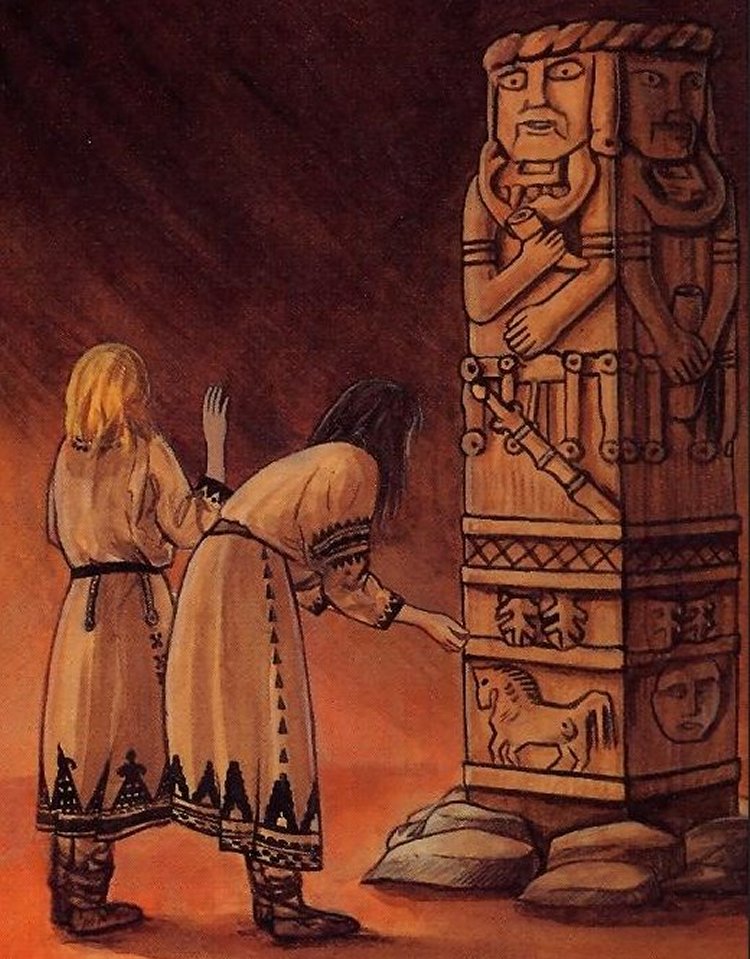
It is believed that Svantevit may also have been worshipped as a supreme deity and seen as a father to other gods.
His attributes were a sword, a bridle, a saddle, and a white horse. His worshippers believed that the god would mount a sacred white horse and ride out at nights against those who denied his divinity. In the morning the horse was often discovered to be covered in sweat.
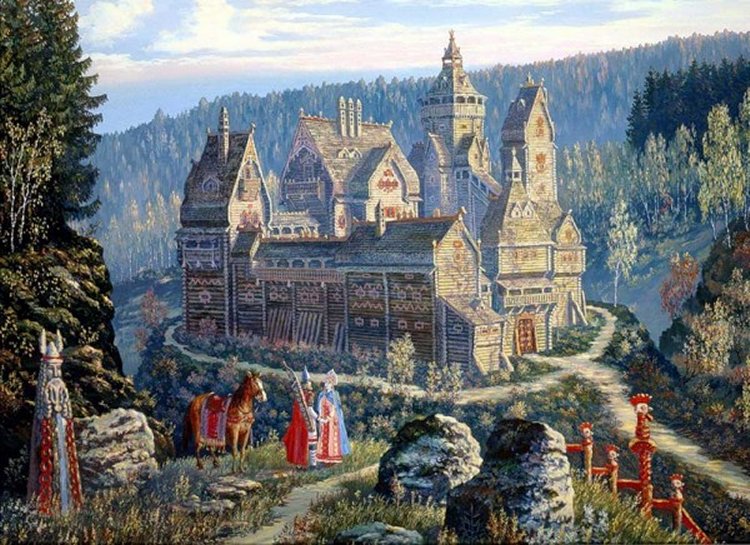
Svantevit possessed several major temples, which were under the care of an inferior class of priests, each with a guard of more than a hundred men.
It is believed that Svantevit may also have been worshipped as a supreme deity and seen as a father to other gods.
The center of his worship was in Arkona (Arcona) – the ancient temple of the Slavs built on a high rocky shore of the Baltic island of Rugen, Germany.
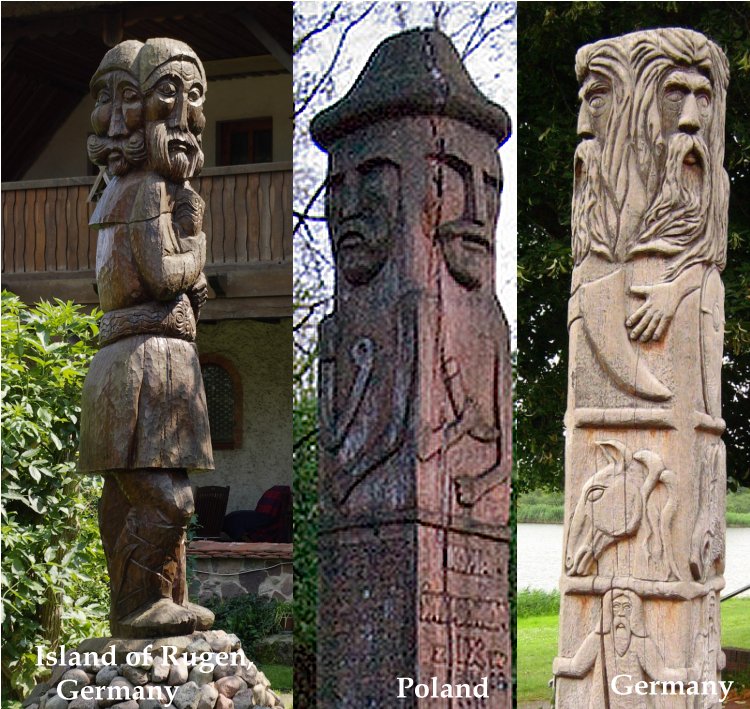
Within the sanctuary, which was enclosed by two fences, arose a gigantic statue of Svantevit that was nearly thirty feet in height.
Later his temple at Arkona was destroyed by King Valdemar of Denmark and his Christian adviser Absalon in 1169 but the Danish King conquered Arkona after strong resistance.
He first seized the treasure of the temple and then ordered the destruction of the sanctuary. A vast multitude of the native inhabitants gathered, expecting every moment that Svantevit would appear and annihilate their enemies, but he never came.
Finally, even his statue was torn down, and it was a very ominous sign for many of Svantevit’s worshippers.
They believed that the demon was involved in the temple’s destruction and left the four-headed god’s statue in the shape of a black animal, which disappeared before the eyes of the spectators.
Written by AncientPages.com
Reprinted with permission.
MessagetoEagle.com
Related Posts
-
 A Teaspoon Of Soil Contains More Living Organisms Than There Are People On Earth
No Comments | Jan 11, 2016
A Teaspoon Of Soil Contains More Living Organisms Than There Are People On Earth
No Comments | Jan 11, 2016 -
 Past Present And Future Exist All At Once – Unravelling Secrets Of Quantum Physics
No Comments | Oct 6, 2015
Past Present And Future Exist All At Once – Unravelling Secrets Of Quantum Physics
No Comments | Oct 6, 2015 -
 Seamounts: Gigantic Elevations More Than 1,000 Meters High At The Bottom Of Ocean
No Comments | Mar 26, 2017
Seamounts: Gigantic Elevations More Than 1,000 Meters High At The Bottom Of Ocean
No Comments | Mar 26, 2017 -
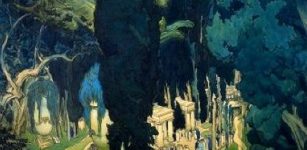 Elysian Fields: Mysterious Resting Place For Heroic And Virtuous Souls In Greek Ancient Beliefs
No Comments | Feb 20, 2020
Elysian Fields: Mysterious Resting Place For Heroic And Virtuous Souls In Greek Ancient Beliefs
No Comments | Feb 20, 2020 -
 Three-Eyed Tuatara Is The Closest Living Relative To The Dinosaurs
No Comments | Jul 2, 2016
Three-Eyed Tuatara Is The Closest Living Relative To The Dinosaurs
No Comments | Jul 2, 2016 -
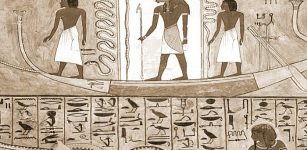 Malignant Serpent God Apophis: Symbol Of Chaos And Forces Of Darkness
No Comments | Nov 3, 2016
Malignant Serpent God Apophis: Symbol Of Chaos And Forces Of Darkness
No Comments | Nov 3, 2016 -
 Wim Hof: The Iceman Who Can Withstand Extreme Cold
No Comments | Jun 4, 2016
Wim Hof: The Iceman Who Can Withstand Extreme Cold
No Comments | Jun 4, 2016 -
 Hiidenkirnut: Spectacular Millennia-Old Devil’s Churns In Finland
No Comments | Jan 16, 2017
Hiidenkirnut: Spectacular Millennia-Old Devil’s Churns In Finland
No Comments | Jan 16, 2017 -
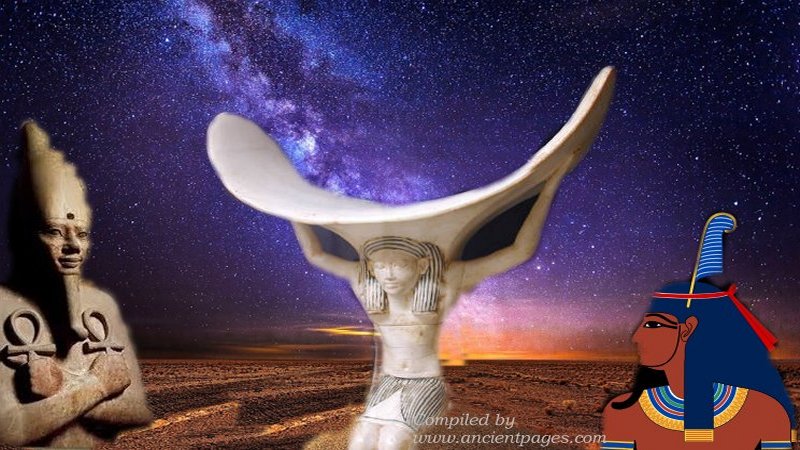 Shu: Egyptian God Of Air, Symbol Of Life-Giving Breath And The One Who Separates Heaven From Earth
No Comments | Oct 23, 2020
Shu: Egyptian God Of Air, Symbol Of Life-Giving Breath And The One Who Separates Heaven From Earth
No Comments | Oct 23, 2020 -
 The Day When The Sun Did Not Come Out – Bizarre Event In 1870, New England
No Comments | Oct 1, 2015
The Day When The Sun Did Not Come Out – Bizarre Event In 1870, New England
No Comments | Oct 1, 2015
